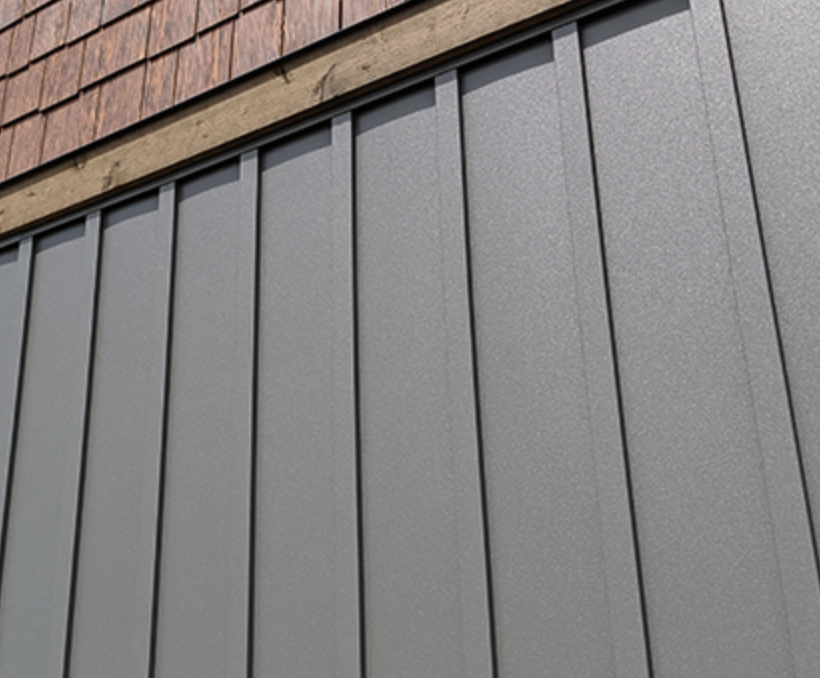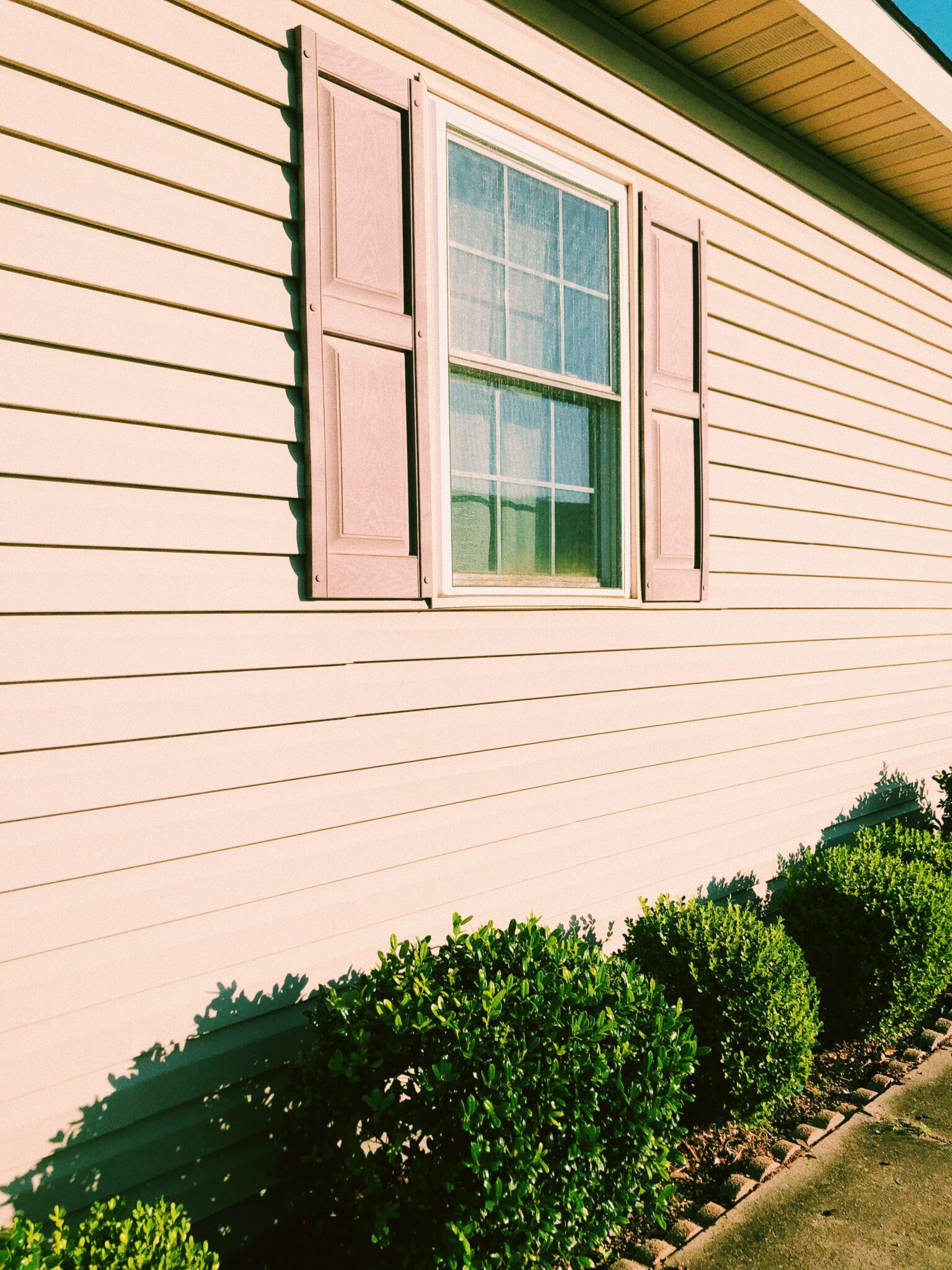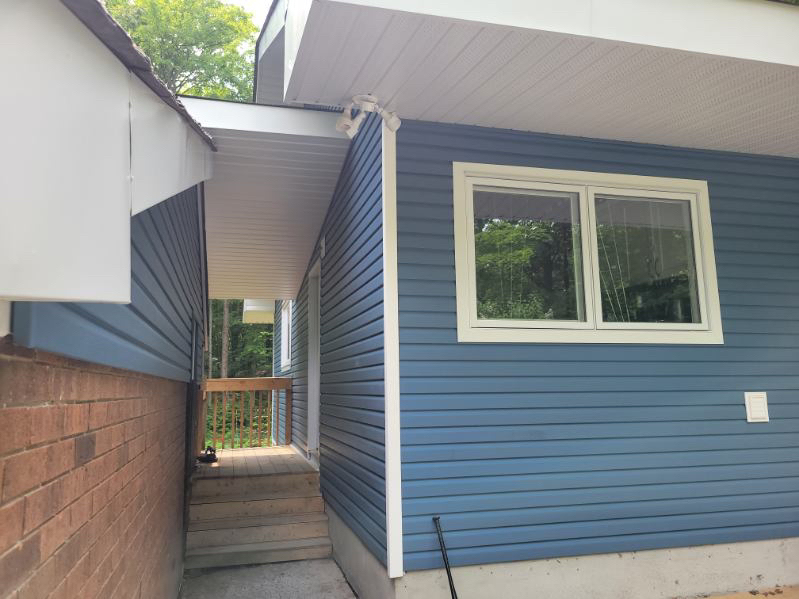The Importance of Maintaining Your Home’s Siding: Signs and Solutions
Your home’s siding is not only a key aesthetic feature but also serves a critical function in safeguarding your house from the elements. Recognizing the signs of wear and tear can help you avoid expensive repairs in the future. In this blog post, we will explore how to identify when your siding needs attention and guide you through the process of repairing or replacing damaged sections. Let’s learn how to keep your home looking its best while staying protected!
Why is Maintaining Your Siding Crucial?
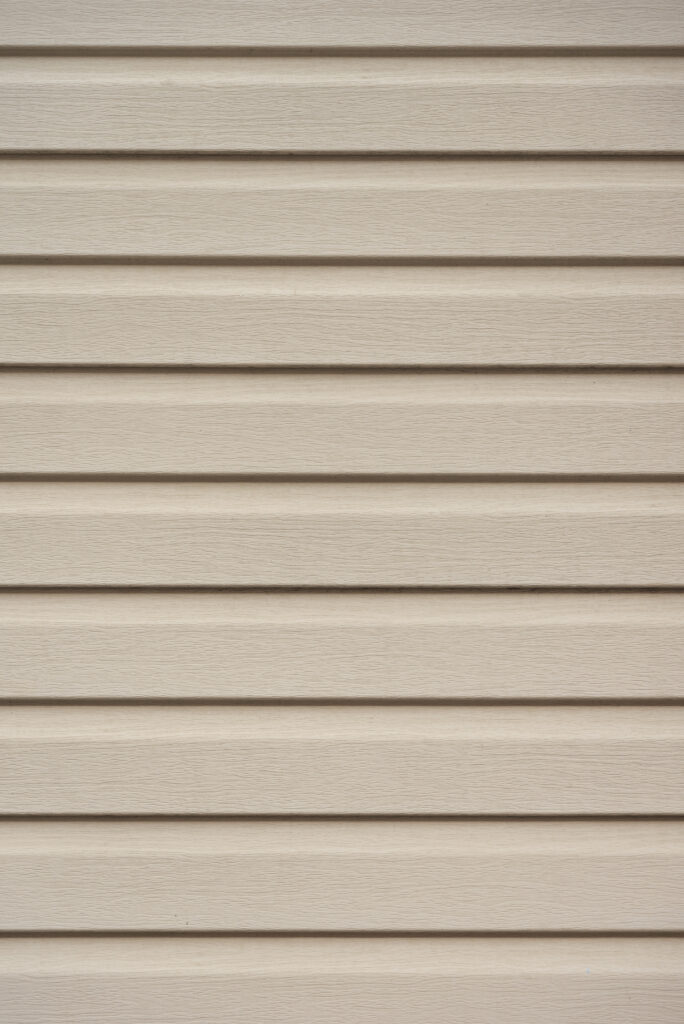
Your home’s siding is more than just a decorative element; it plays a vital role in shielding your house from environmental factors. High-quality and well-maintained siding can prevent issues such as moisture penetration, pest infestation, mould growth, and other problems that could lead to costly repairs.
In addition to providing protection, siding also offers insulation, helping regulate indoor temperatures and reducing energy expenses. Well-maintained siding enhances curb appeal and sets your home apart in the neighbourhood.
Conversely, neglected or improperly maintained siding can cause significant structural damage due to moisture accumulation behind loose or cracked sections, leading to wood rot or mould growth within walls.
Thus, it is essential for homeowners to regularly inspect their siding for signs of damage or wear, addressing problems before they escalate.
When Does Your Siding Need Repair or Replacement?
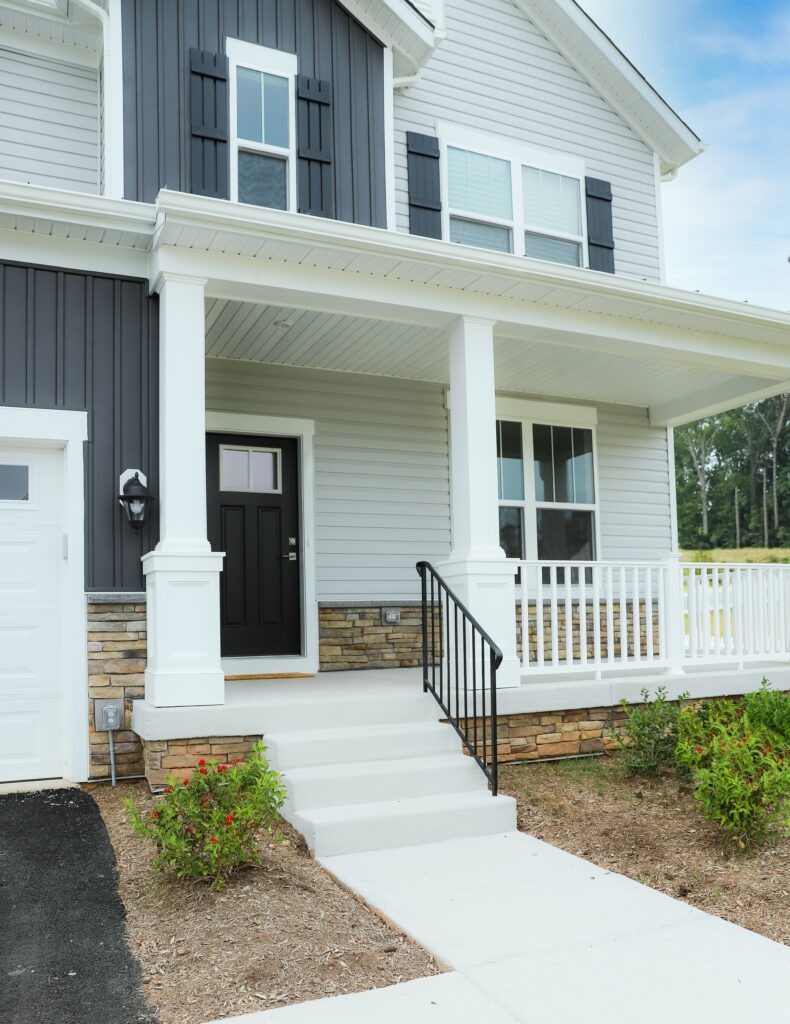
Monitoring the condition of your siding is essential, as it greatly impacts your home’s appearance and value. But how can you determine when it’s time for repairs or replacement?
Visible damage, such as cracks or holes, is an indication that your siding requires attention. These openings can allow moisture infiltration, resulting in rot and other complications.
Warping or buckling may also signal the need for intervention. This distortion, caused by age or extreme temperature exposure, not only detracts from your home’s appearance but also compromises insulation.
Fading and discoloration are further signs that it’s time for an update. UV rays from the sun can cause colours to fade and lose their vibrancy over time.
If you notice unexplained increases in energy bills, this could indicate that your siding is no longer providing adequate insulation.
Promptly addressing siding issues is crucial to prevent more significant problems. A professional inspection can help determine whether repair or replacement is necessary for optimal protection and aesthetics.
Replacing Damaged or Worn Siding: The Process
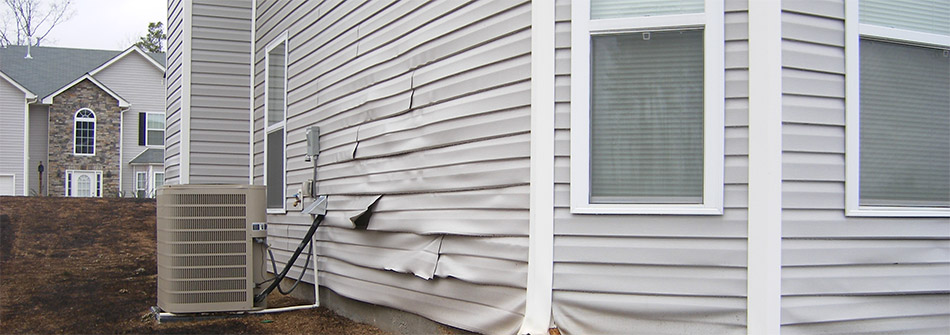
Replacing damaged or worn siding may seem intimidating, but with the proper tools and knowledge, it can be a manageable task. Start by identifying which areas need replacement, looking for signs of cracking, chipping, warping, or fading.
Carefully remove the old siding, taking care not to damage the underlying structure or create unnecessary mess. Use appropriate safety equipment, such as gloves and eye protection.
Install new siding pieces in place of the old ones, ensuring surfaces are clean and debris-free. Cut new pieces with a saw to fit precisely into the designated areas.
Secure the new pieces in place with nails or screws, depending on the material, and seal any gaps between them. Paint over the new siding, if necessary.
Replacing damaged or worn siding requires time and effort but is well worth it for both aesthetic and structural benefits.
Maintaining Your Home’s Siding
Properly maintaining your home’s siding is vital for preserving curb appeal and protecting it from the elements. It’s crucial for homeowners to recognize when siding needs repair or replacement and take the necessary steps to ensure the job is done correctly.
If you observe any signs of damage or wear on your siding, such as cracks, warping, or fading, consult a professional siding contractor to assess the situation and recommend the best course of action.
Timely repairs and regular maintenance can prolong the life of your home’s exterior cladding and help prevent costly replacements down the road. By caring for your siding now, you’ll be able to enjoy a beautiful and durable home for years to come!
Maintaining Your Siding: Tips for Homeowners
To keep your siding in top condition, follow these maintenance tips:
- Regular Inspections: Conduct routine inspections of your siding, ideally twice a year or after severe weather events. Look for signs of damage, wear, or potential issues that may require professional attention.
- Clean your siding: Clean your siding at least once a year, using a soft brush and mild detergent mixed with water. This will help remove dirt, mold, and mildew, preventing buildup that could cause damage over time. Be sure to rinse thoroughly with a garden hose.
- Address mildew and mould growth: If you notice mold or mildew on your siding, use a solution of bleach and water (1:4 ratio) to treat the affected area. Rinse thoroughly after applying the solution and let the area dry.
- Repair minor damages promptly: Small cracks or holes should be repaired as soon as possible to prevent further damage. Consult a professional if you are unsure about how to perform these repairs.
- Regularly paint or seal wood siding: If you have wood siding, it will require periodic painting or sealing to maintain its appearance and protection against the elements. Follow the manufacturer’s recommendations for the appropriate paint or sealant and application frequency.
- Check caulking and seals: Examine the caulking around windows, doors, and siding joints for signs of wear or damage. Replace any deteriorated caulking to ensure your home remains well-sealed against moisture and drafts.
- Trim vegetation: Keep trees and bushes trimmed back from your siding to prevent damage from branches and reduce the risk of pests making their way into your home.
By following these maintenance tips, you can help ensure the longevity and effectiveness of your siding, protecting your home’s structural integrity and maintaining its curb appeal.
When to Call a Professional
While some siding maintenance tasks can be performed by homeowners, certain situations call for the expertise of a professional siding contractor. These include:
- Large-scale damage: If your siding has sustained extensive damage, a professional can assess the situation and recommend the best course of action, whether it’s repair or replacement.
- Complex repairs: Some repairs, such as those involving multiple layers of siding or underlying structural issues, are best left to professionals with specialized training and experience.
- Siding material concerns: If you’re considering a change in siding material or have questions about the best options for your home, a professional can provide valuable guidance and recommendations.
- Safety considerations: Working at heights, using power tools, or handling heavy materials can pose risks to homeowners. Professional siding contractors are equipped with the necessary safety gear and training to mitigate these risks.
By knowing when to call in a professional, you can ensure that your siding is properly maintained and your home remains protected from the elements.

